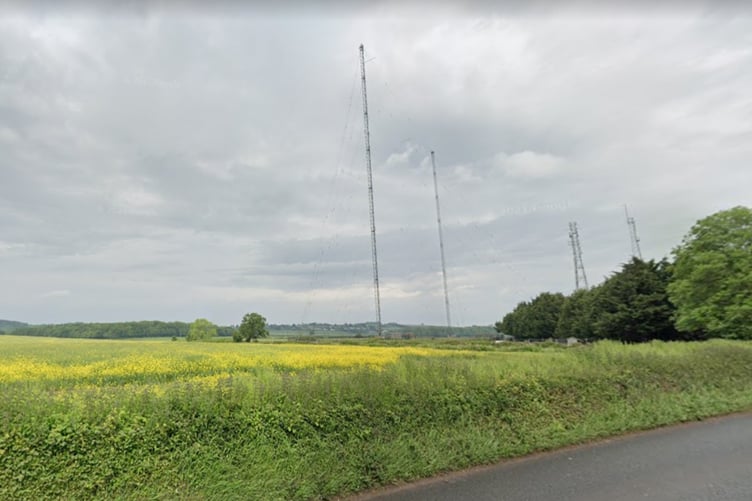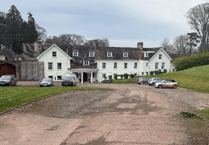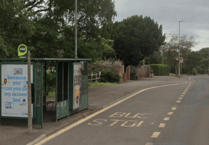PEOPLE living near the earmarked site of a major new solar farm say there has been “a total disregard for the community” after the plans were approved on appeal.
Elgin Energy secured permission from the Planning Inspectorate following the successful appeal against Somerset Council to build a new solar farm on land north of the Washford transmission station.
The facility will be constructed on land belonging to the Wyndham Estate, which is seeking to build 230 houses at Parsonage Farm, Watchet.
With construction expected to begin by the end of the year, Washford and Watchet could be one step closer to merging together, altering the character of the rural West Somerset area for decades to come.
The solar farm will span several fields running from the B3190 Washford Hill to the Mineral Line, which connects Washford to Watchet.
Áine O’Connor, who lives in Watchet and represents numerous residents in the area, said the community was “in shock” over the inspector’s ruling.
She said: “How is one person’s opinion allowed to override reports from professionals?
“There has been a total disregard of the local community, parish councils and Somerset Council’s views – and a total disregard for the government’s position regarding solar farms on the best and most versatile agricultural land.”
Dr Jane Armstrong – who lives near the solar farm site – added: “I oppose this proposed development on every level.
“The proposed site for this inflexible and unreliable renewable energy source, which is to be sited on prime quality agricultural land, will further erode precious agricultural land which we need for food, and also of itself helps to preserve and enhance our environment.
“Solar power stations should be sited on brownfield sites first. This proposed development is not within the West Somerset Local Plan.”
The Department for the Environment, Food and Rural Affairs (Defra) published new guidelines on May 15, indicating that solar farms should not be built on the best and most versatile (BMV) agricultural land, citing a need to boost food production to improve food security.
Since these guidelines were issued after the Washford appeal process began, they could not be applied to that particularly inquiry – even if they was undisputed evidence surrounding the quality of the land in question.
Planning inspector Cullum Parker, who visited the site on April 30, said that neither the Exmoor National Park nor the Quantock Hills National Landscape would “be adversely affected” by the solar farm, due to its distance from the boundaries of both protected areas.
He argued the solar farm was sufficiently far from the main roads to not be overly visible to passing motorists, with the existing hedgerows along the A39 and the B3190 providing ample screening.
Reports commissioned by CPRE Somerset and the local tenant farmers stated the land was “some of the better quality arable land in this area of west Somerset.” But Mr Parker was dismissive of these reports, arguing they “offered no detailed analysis” of the key issues and were “based on little more than a walk over of the fields and high-level maps from the 1980s”.





Comments
This article has no comments yet. Be the first to leave a comment.